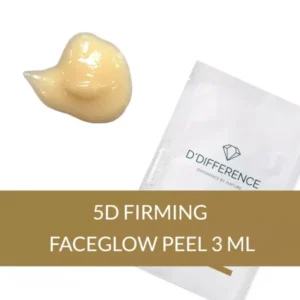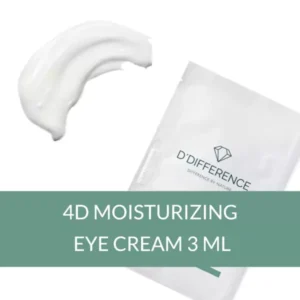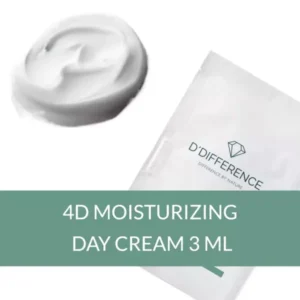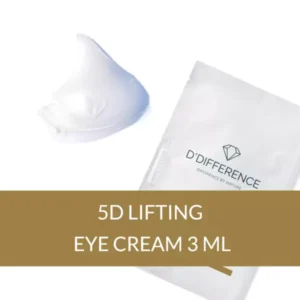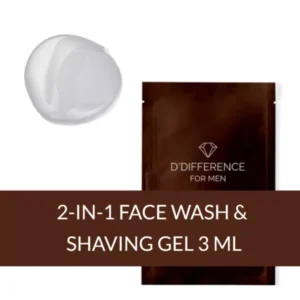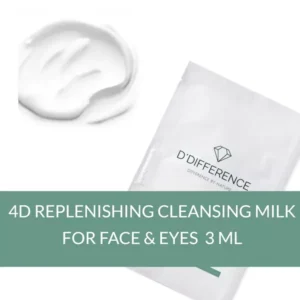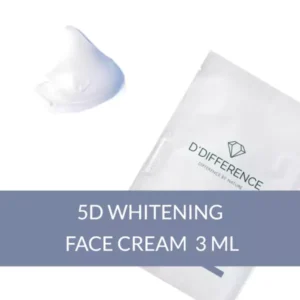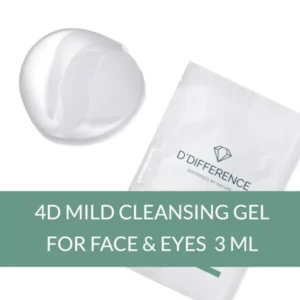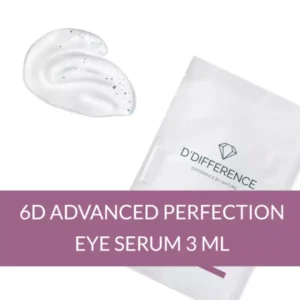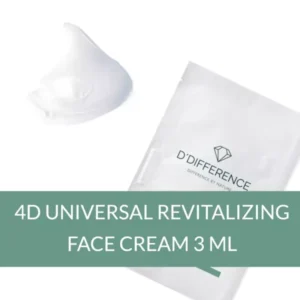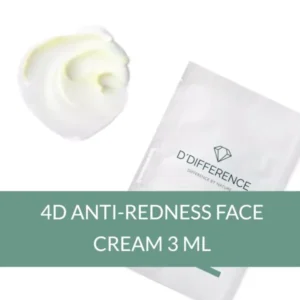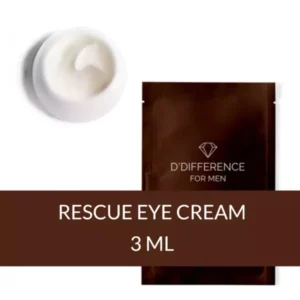Hyper-pigmentation – we go skin deep
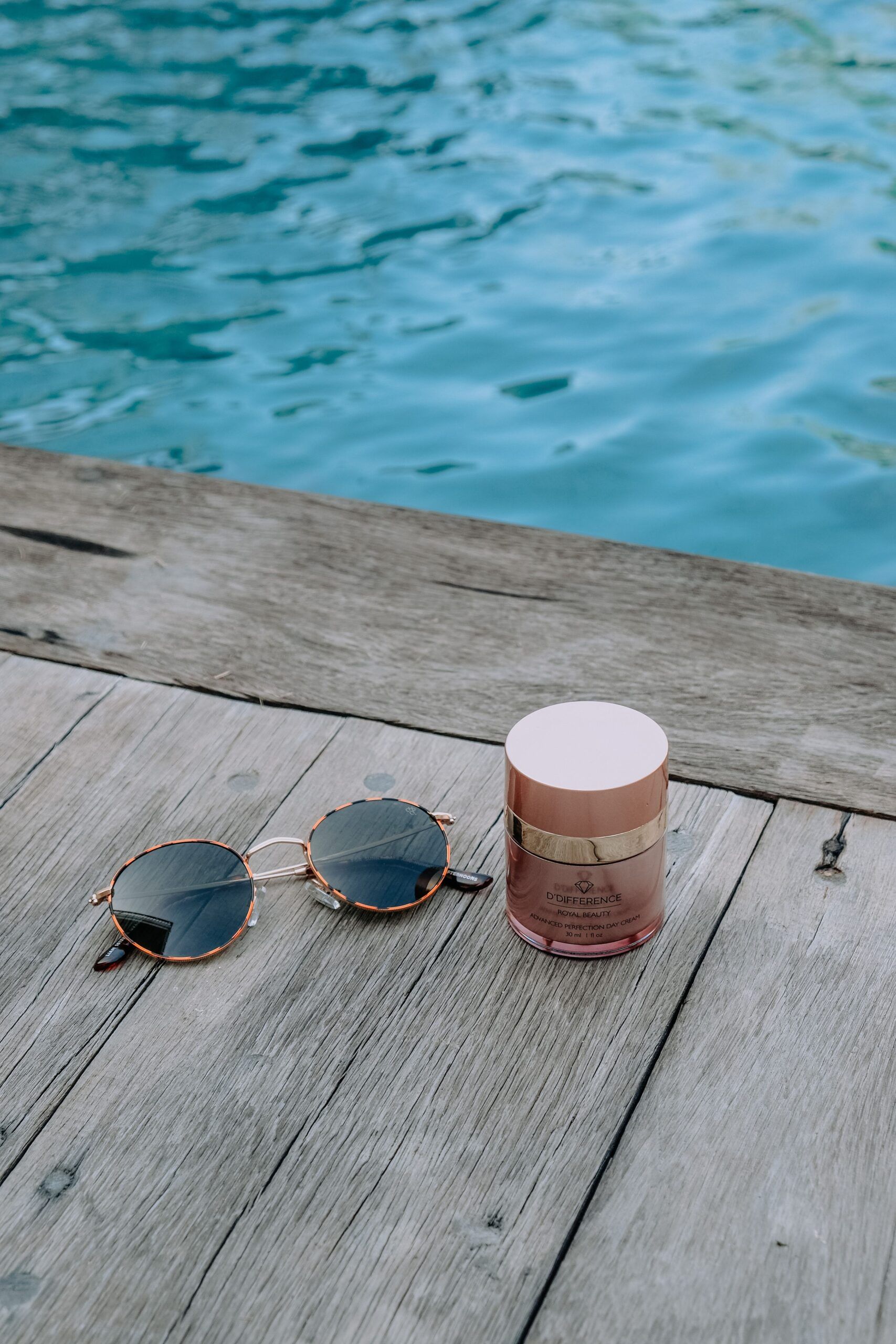
As complex as pigmentation spots may seem, their understanding doesn’t have to be skin-deep. This interview with D’DIFFERENCE brand manager Carmen Kibur aims to delve into the intricacies of hyperpigmentation, discussing its causes, prevention methods, and the many myths that surround it. Whether it’s certain medications or sun damage contributing to pigmentation or whether certain spots can disappear without any action, we’ve got you covered.
Please, could you briefly explain what pigmentation spots are, at what age they occur, and what causes them?
Pigmentation spots affect many, often appearing at any age. They are darker spots on the skin caused by excess melanin production.
Here, I will expand on the term “pigmentation spots” and introduce the term “hyperpigmentation.” We are talking about the development of darker spots on the skin’s overall tone, caused by an overproduction of melanin.
By the end of summer, the skin becomes less sensitive to UVB rays because the melanin that has risen closer to the skin’s surface provides natural protection.
Melanocytes are located in the upper layer of the skin, known as the epidermis, and they produce melanin, which gives color to the skin and provides natural protection against sunburn. When all the internal processes in the skin are functioning properly, our skin becomes uniformly darker when exposed to the sun, and this brown tone also protects against “burning.”

Therefore, sunburn, caused by UVB rays, occurs more frequently when we start vacationing or when we have packed away our winter clothes and begun to enjoy the summer. By the end of summer, the skin becomes less sensitive to UVB rays because the melanin that has risen closer to the skin’s surface provides natural protection.
If there are disturbances in melanin production, darker spots appear on the skin. The face, décolletage, hands, and abdomen are most commonly affected by these spots.
Pigmentation spots are part of hyperpigmentation and are also known as age spots. They develop from excessive sun exposure. Small dots and spots appear over time, and new ones may continue to appear. The skin around the eyes and above the upper lip, as well as the cheeks, forehead, décolletage, and hands, are most prone to showing excessive sun exposure.
Melasma is also a part of hyperpigmentation and is caused by hormonal changes. It can also occur during pregnancy and may not be related to sun sensitivity.
Post-inflammatory hyperpigmentation is a sign of skin damage and is most common in those who have experienced acne.
Can certain medications contribute to the formation of pigmentation spots?
Yes, they can. Some medications, like ibuprofen, can contribute to pigmentation spots. They increase skin sensitivity. Broad-spectrum sunscreen can help prevent these spots, protecting from UVA and UVB rays. When spending extended time in the sun, it is important to reapply the sunscreen. The recommended amount is two finger-lengths of product to protect the face, neck, and décolletage.
Where on the face do pigmentation spots most commonly appear?
They most commonly appear on the face, décolletage, and hands—areas that are least protected by clothing. Interestingly, even if spots have already developed on the face and other common areas, protecting those specific areas does not mean that dark “characters” will not appear elsewhere. For example, if you have darker areas on your face and décolletage and you hide them behind sunglasses and a hat while keeping your upper body shaded from the sun, but you expose your legs to the sun, pigmentation spots will not disappear. They may become even darker, and new ones may appear. The reason for this is that melanin synthesis occurs throughout the body, not just in the areas exposed to the sun.
Is it possible for pigmentation spots to disappear on their own without taking any action?
Anything is possible! Our bodies and skin are highly individual. Regarding daily skincare, for example, niacinamide (vitamin B), aloe vera, onion extract (INCI name Allium Cepa), green tea, licorice extract, lactic acid, rose petal extract (INCI name Rosa Centifolia), and safflower oleosomes (INCI name Safflower) can strengthen the skin’s protective capabilities, inhibit excessive melanin synthesis, or even out skin tone. Among the well-known and recognized effects of vitamin A (retinol) and vitamin C are also skin tone evening and complexion unifying. Therefore, many active ingredients in our daily skincare routine work toward achieving a more even complexion.
Have you come across any myths or misconceptions related to pigmentation spots and their treatment? (For example, once you have gotten rid of them, you can freely expose your face to the sun again…)
The most important thing to explain is that the daily moisturizer should not contain SPF factor. People want convenience and a single product that covers all the bases—moisturizes, provides anti-aging benefits, and offers effective protection. If a daytime moisturizer contains an SPF factor, it usually protects only against UVB rays and contains zinc oxide (INCI name Zinc Oxide) or titanium dioxide (INCI name Titanium Dioxide). The molecules of these “sunburn-protecting” agents are large, and the active ingredients of the moisturizer may not have maximum effectiveness as a result. In a sense, money is wasted—optimal sun protection and the best cream effects cannot be achieved simultaneously.
In addition to protection against sunburn-causing UVB rays, the skin also needs protection against shorter wave-length UVA rays. In order to prevent UVA rays that penetrate deeper into the layers of the skin from accelerating aging processes and affecting cell structures, the amount of UVA-protective ingredients in the product should be one-third of the cream.

Now, imagine that you buy an expensive daytime moisturizer because you want to extend your skin’s youthful appearance and increase its elasticity. You probably do not want one-third of that product to be chemical filters or mineral ingredients with large molecules that may hinder the active ingredients from doing their job. You expect results, effectiveness, and visible outcomes!
In order to prevent UVA rays that penetrate deeper into the layers of the skin from accelerating aging processes and affecting cell structures, the amount of UVA-protective ingredients in the product should be one-third of the cream.
Therefore, please keep your daytime moisturizer free of SPF filters and apply a dedicated sunscreen when going out in the sun. Remember the two finger-lengths of product needed to protect the face, neck, and décolletage.
On a summer workday that may end with an afternoon terrace visit, a combination of daytime moisturizer and a tinted product is sufficient. Modern BB and CC creams, as well as foundations, contain sun protection.
In your experience, what is the most effective method in combating pigmentation spots? Is it through creams, serums, exfoliants, and other skincare products? How helpful are chemical peels? Or laser resurfacing, laser ablation, or IPL procedures?
It varies for everyone! With time and patience, I can confidently say that specialized creams, acid-based exfoliants, and facial essences work. The reason is that melanin is present in the upper layer of the skin, the epidermis. It is possible to break down melanin and lighten spots through skincare. The advantage of skincare products is that they can be used year-round. I recommend using products with acids in the evening and taking a break during beach periods. In the morning, it is advisable to choose a good daytime moisturizer and apply sunscreen or makeup, depending on the nature of the day. The advantage of skincare products is that they can be used year-round.
Chemical peels are usually not suitable for sensitive skin or skin with a weak protective barrier. However, the procedure has quicker effects, and results become visible sooner. Side effects may include flaking, redness, and sensitivity. Emphasizing increased moisture content in the skin is crucial, and careful consideration must be given to the timing of the procedure—darker periods of the year are preferable.
IPL, or light therapy provides good results. This process also reduces scars and stimulates collagen and elastin synthesis, offering multiple benefits in one go. Multiple treatments are usually required.
Laser peeling is also popular. Depending on the type of laser, it removes superficial skin layers (eliminating excessive melanin from the epidermis. Alternatively, it affects the dermis (stimulating collagen and elastin production). Removing skin layers has more significant side effects, and it is important to consider the season and sun exposure time carefully. Skincare must be well thought out, focusing on promoting skin recovery and strengthening the protective barrier.
Which ingredients should be used in skincare products for combating pigmentation spots (or after laser procedures)? Would serums and creams with vitamin A, vitamin C, or other antioxidants be suitable?
All of those are very suitable. It is also worth noting that the products should contain ingredients that increase skin moisture levels, such as hyaluronic acid, glycerin, silk peptides, and other active ingredients I mentioned earlier. Discover 5D Whitening Face Cream that was created to help fade the appearance of pigmentation spots with carefully chosen Alpine plant extracts.
What advice would you like to give to young women regarding protecting their skin in the middle of summer?
Thank you for this question! My advice to young women is to ensure proper skin cleansing in the summer. Tip for those who use sunscreen correctly two finger-lengths of product for the face, neck, reapplied every couple of hours. Double cleanse during beach and vacation periods to remove sunscreen. Always balance skin’s pH and moisturize thoroughly afterward.

